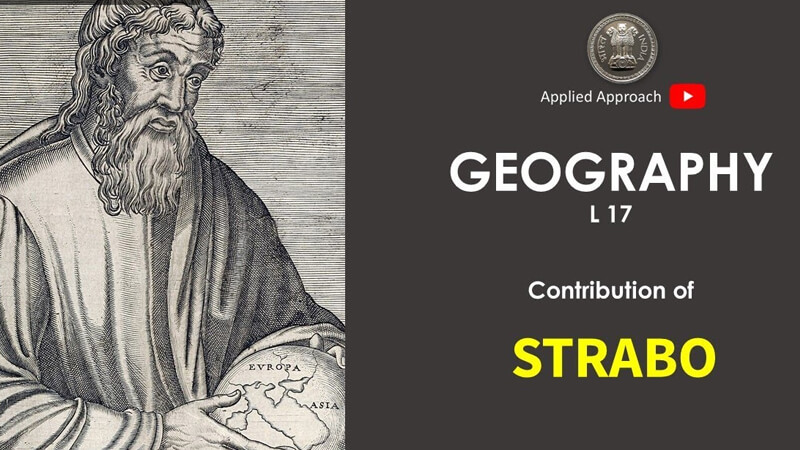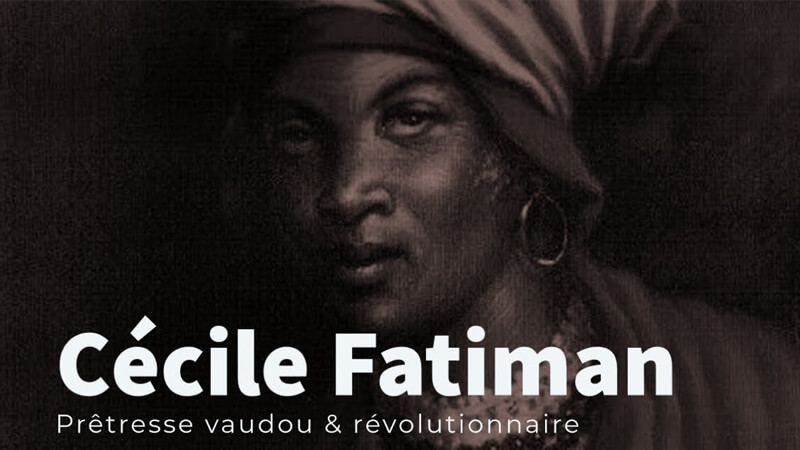Biography of Strabo:- Aristocratic (descended from a noble Cretan family), he traveled extensively in Asia Minor, Egypt, Italy and Greece. Having lost its historical work, only the seventeen books of its Geography , which covered all the world known until then , are preserved with certain gaps .
Biography of Strabo
- Born:- Amasya, Turkey
- Died:- 23 AD, Amasya, Turkey
- Books:- Geographica, The Life of St. Gall,
This monumental work, provided with historical indications and varied descriptions, reflects the new political reality that had established the empire of August both in its universalist conception and in its positive evaluation of the work of Romanization of the peoples who had been left out of the Greek civilization.
See Also: Biography of Rudyard Kipling
Sprawled in a flat style, the information section on Europe, Asia and Africa is based not only on his many journeys, but also on the sources that were used for his writing, especially Eratosthenes. In the first two books he discussed with his predecessors about the mathematical elements of geography
Uncertain and incomplete are the data of the biography of Strabo. Almost nothing we know of his father; as for the mother, belonged to a noble Greek family connected by bonds of friendship with the local Mithridates dynasty.
After its transfer to Rome, occurred, apparently, around the year 44 a. Began his studies at Nisa, at the school of the Aristodemo grammarian, and perfected them under the guidance of the philosopher Senarco and the grammarian Tyranion, to whose peripatetic orientations he added on his own account numerous features of Stoicism. He was, in short, an eclectic, like so many of his contemporaries.
Abandoned Rome, it began a series of trips by Italy, the Aegean and Egypt, whose order is not exactly precise; We have news of a stay of his in this last country together with the prefect Elio Galo and a visit to the high valley of the Nile carried out the year 25 or the 24 a.
It is not known with certainty when he returned to Rome (believed to be between 20 and 10 BC) or where the last period of his existence passed.
He began his literary activities with an extensive work, Historical Memories , of which only fragments have reached us; in the forty-seven books of the same continued the histories of Polibio until the death of Caesar.
The ideal link between this first treatise and the no less extensive title Geography (composed by the author during the years of maturity and old age, when the empire of August was already a reality ) is integrated by the common program that induces the writer To follow in the last phases of its development and to represent in the universal plane the harmonic fusion of the whole world known under the aegis of the Roman pax.
In Geography, however, the political purpose is not always evident, because of the abundance of literary quotations, erudite details and archaeological information.
Moreover, Strabo never forgets his Greek origin, and continually experiences the attraction of the great Hellenistic culture.
The Geography of Strabo
The seventeen books of the Geography of Strabo are the most extensive and appreciated geographic study that the Greek antiquity has left us.
A work of gigantic proportions, as defined by the same author, is developed according to the essential plot of a great Mediterranean trip, carried out along all the coasts of the “Mare Nostrum” and started on the Iberian coast of the Columns of Hercules.
The characteristics of the text are equivalent to those of the writer: the harmonious balance between the different parts, the love of truth and the constant tendency to relate to the splendor of previous times as it could be seen in his times.
Disciple of the school of Polybius, Strabo declares to want to leave to the side the problems of purely technical character and to describe the present state of the inhabited Earth, so that its work is useful for the politicians.
After the first two books, which constitute a general introduction to the work, and which deal with questions of geometry, astronomy, mathematics and history of geography, sciences he declares necessary for the geographer, he continues from Book III to X the description of Europe, and more particularly of Spain, Gaul, Britania, Italy, Germania, Scythia, the Balkan Peninsula, Greece and the Aegean islands.
From Book X to XVI describes Asia, i.e. Tanais, Mesopotamia, Northern Iran, Asia Minor, India, Southern Iran, Persia, Assyria, Babylon, Syria, Palestine and Arabia; Book XVII is dedicated to Africa, and describes Egypt and all of North Africa.
The work, on which date and place of composition has been much discussed, should have been, for the most part, already finished around the year 7 d. But contains references to events occurring up to 18 d. And was probably not completely revised.
It is very diverse in its various parts, according to whether the author has visited or not the places he describes, and also according to the sources, very numerous and diverse, in which he drinks abundantly, always quoting them, a rare thing among the ancients, and in some Cases, transcribing them almost literally.
The descriptions of Iberia, taken from Posidonius, or from Egypt, visited by Strabo, are far superior to those of Germany, India, or Libya.
Its main sources are Posidonio, Apamea and Polibio, whom it continues in all the work and in particular in the part referring to Spain; The geographers Eratosthenes , Artemidoro and Apolodoro of Athens, from which it takes many elements for the description of Greece; Demetrius of Scepsis for Asia Minor; Apollodorus of Artemita for Assyria; Megástenes, Aristóbulo and Nearco for India, and many other Greeks, with preference to the Romans.
Strabo shares with Polybius disdain for logographers and even for Herodotus , and instead accept the Stoic idea of Homer’s infallibility in all fields: accordingly he devotes lengthy and minute descriptions to the places cited by Homer.
Taken together, although he repeatedly claims to have mostly practical purposes, Strabo composed a work of a literary and sometimes historical and archaeological character, since he often throws himself into long ethnic digressions (for example, on the origin of the peoples of Asia Minor) Mythological (such as that relating to Curets, X, 462, 63), and historical.
As for language and style, it is somewhat unequal because even in this it is influenced by its sources; it follows, however, generally Polybius, and writes the common Greek in a simple style, almost totally deprived of rhetorical ornaments.
It enjoyed much fame until Byzantine times, because the ancients had scientifically more accurate works, such as those of Artemidorus and Posidonius, but today it is a most important source not only for the knowledge of ancient geography.




